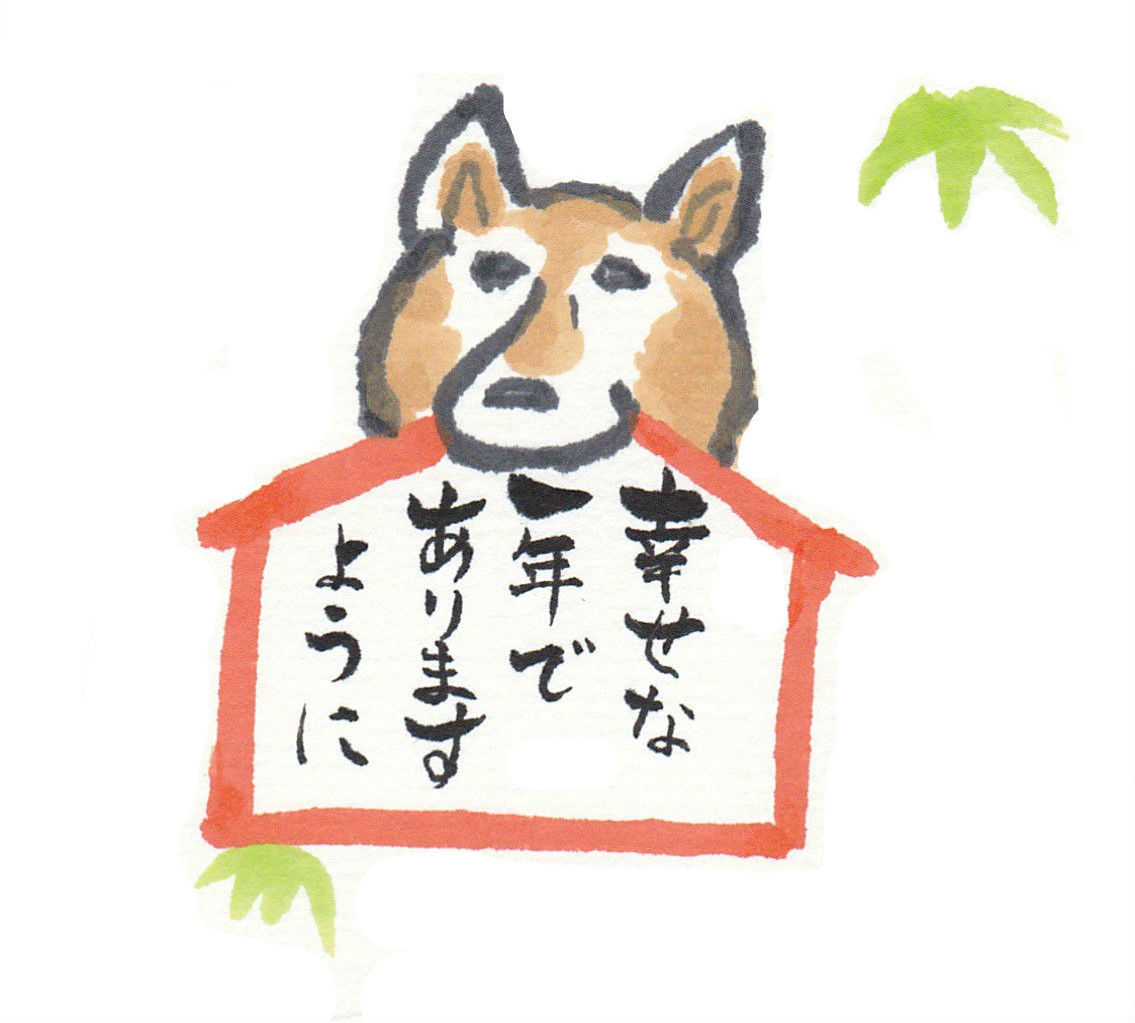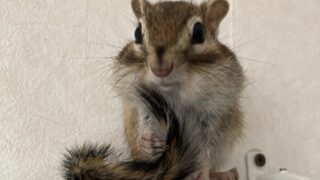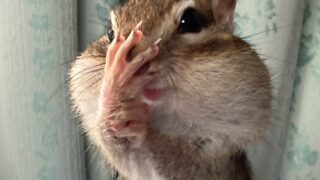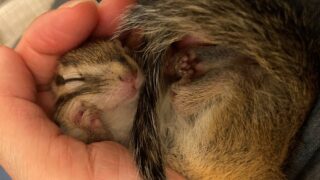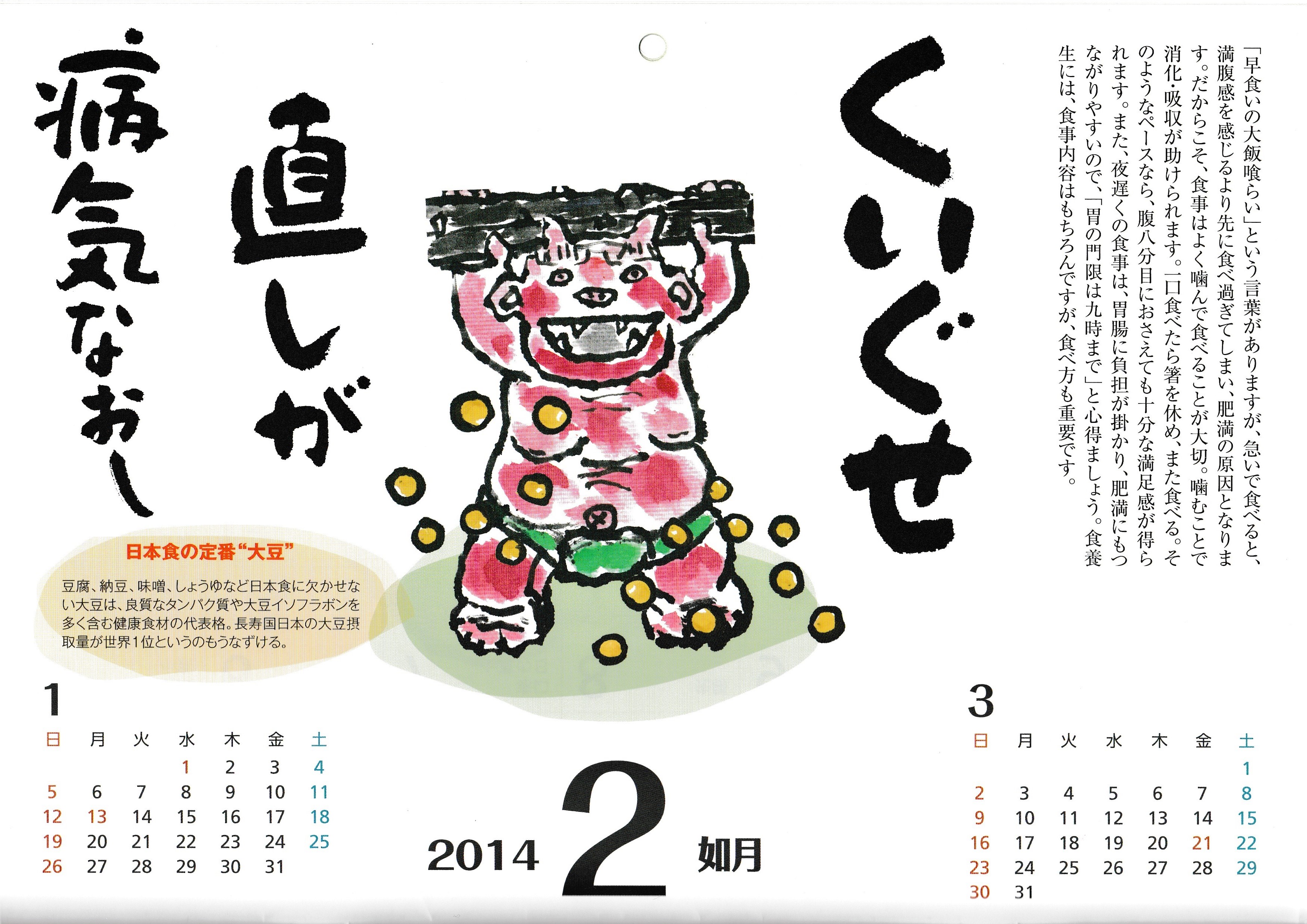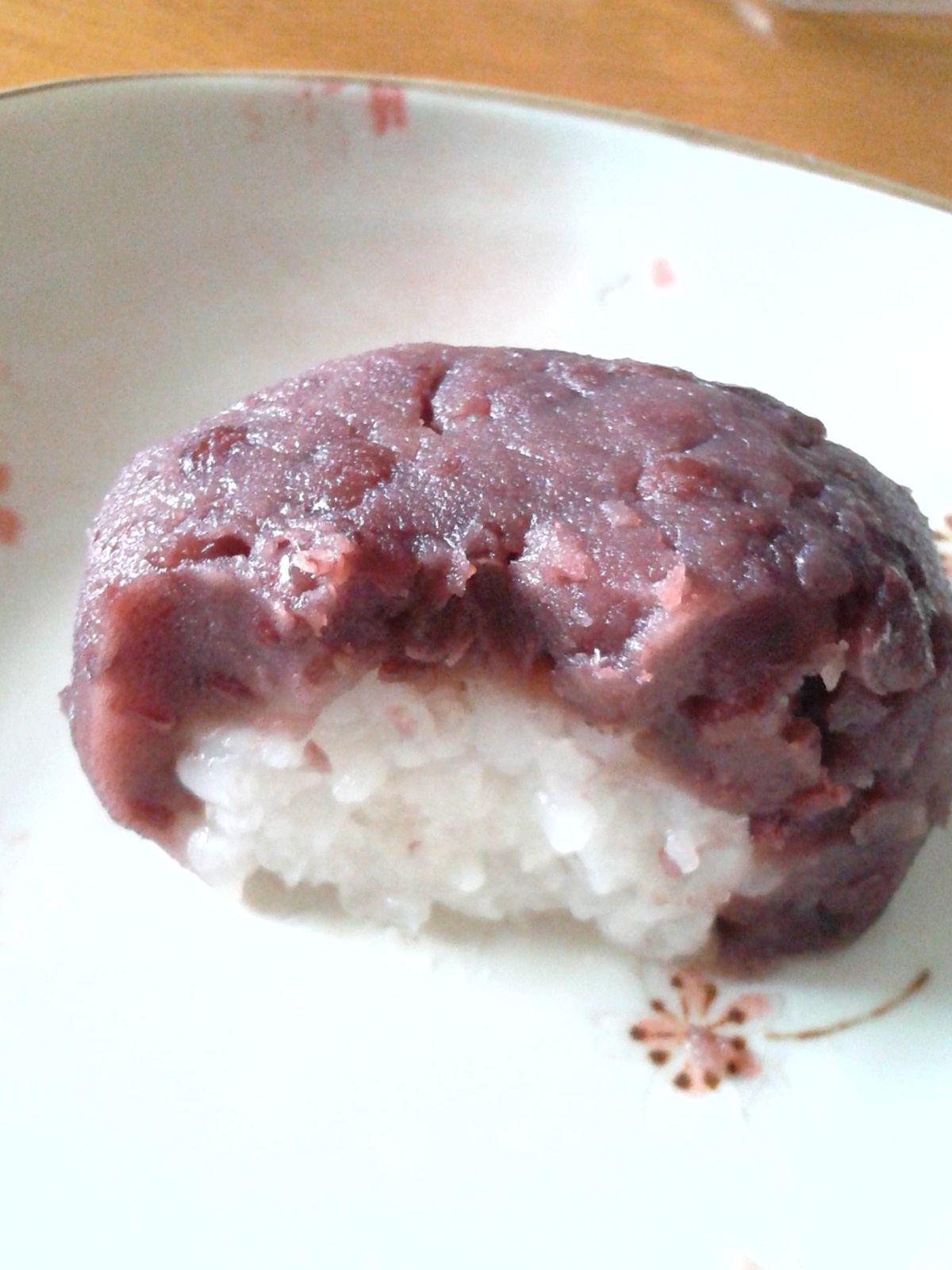年賀状:New Year’s greeting card, “Nengajo”
Nengajo is a New Year’s greeting postcard. It usually has a picture of an animal appropriately corresponding with that year’s sexagenary cycle “Eto,” and is sent in time for New Year’s Day.
年賀状は新年のあいさつとして送るハガキです。その年の干支に当たる動物の絵を添えることが多く、元旦に届くように送ります。
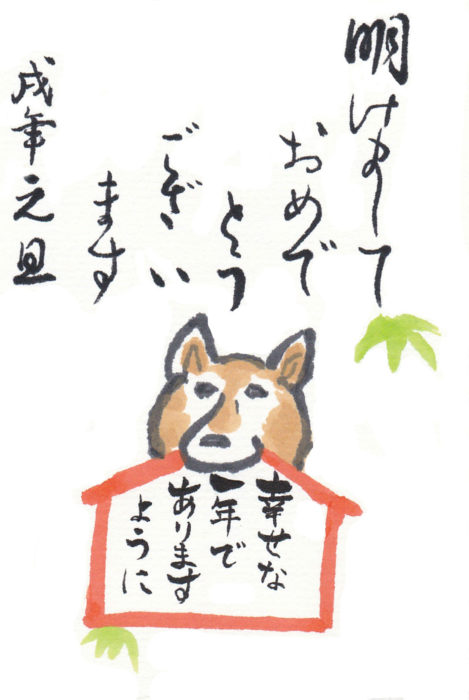

We traditionally send Nengajo to business colleagues, including bosses or clients, and also to those with whom we have a personal relationship. Aside from that, it is a good opportunity to get to know, at least once a year, the present situation of friends who are far apart. For example, we write about having a newborn baby, or getting married, or getting a divorce, etc., and sometimes, attach children’s pictures. It is sharing with each other what happened to our lives during the past year.
ビジネス上の相手にも、また個人的なお付き合い相手にも送りますが、遠く離れた友人と年に一度の近況報告の機会でもあり、楽しみなもの。
たとえば、子どもが生まれた、結婚した、離婚した…など近況がわかるものでもあるし、その人の子どもの写真を添える場合も。
互いに経てきた月日を思うのです。
干支と絵手紙:Sexagenary cycle, “Eto” and picture-letters, “Etegami”
Let me introduce you to Eto illustrations, which are my black‐and‐white painting (sumi-e), and my mother’s Etegami. “Etegami” is a kind of letter with pictures and words, which I feel and think of at that time, are exclusively for that card. Usually, it is a combination of pictures and words of the four seasons, so that it really becomes its own when used in Nengajo.
天野川の墨絵と私の母の絵手紙による干支イラストを一部ご紹介します。
ちなみに、”絵手紙” (Etegami)とは、専用のハガキにイラストとその時感じた言葉を添えた絵と文字からなる手紙です。四季折々の絵と言葉の組み合わせであることが多いです。
Etegami is very popular among the middle-aged and aged people in Japan. My mother, in fact, has been drawing Etegami for more than 10 years already, and most of the illustrations here in Traveloop are my mother’s works. Thinking about changes of the four seasons is very Japanese.
絵手紙は日本の中高年にとても人気があり、わが母も10年以上描き続けています。Traveloopのイラストのほとんどは、母の作であります。
四季の移ろいに思いを馳せるところが、日本的ですね。
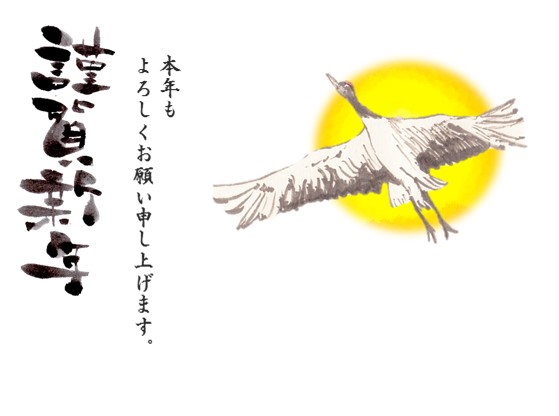

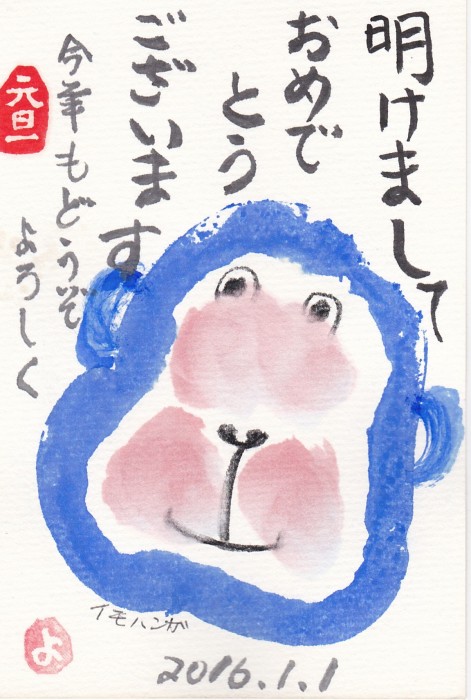

2016 the Monky
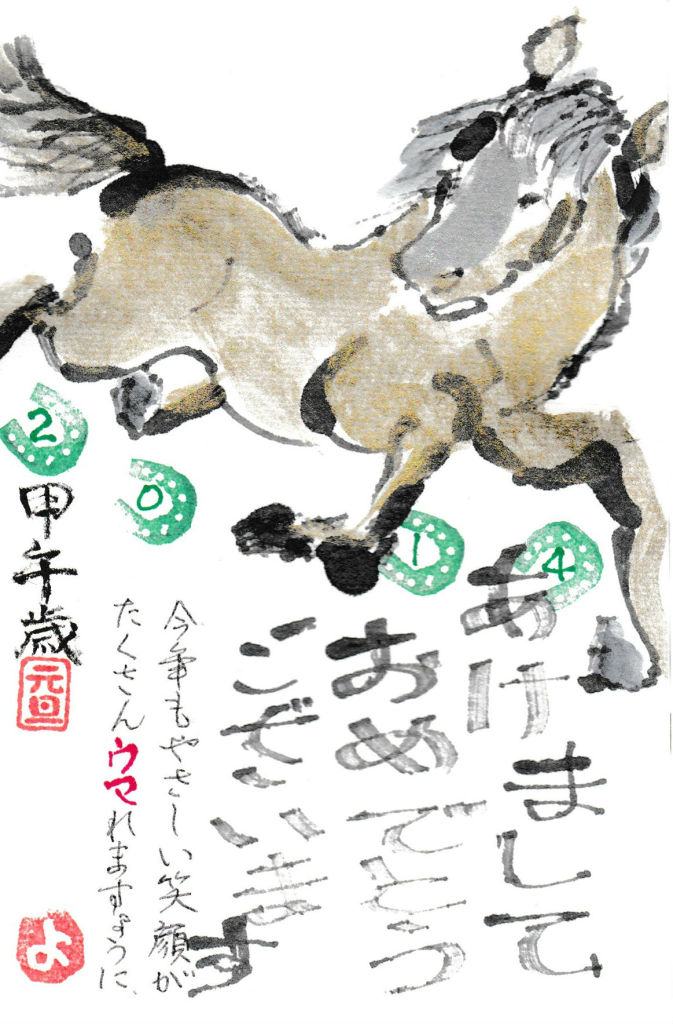

2014 the Horse
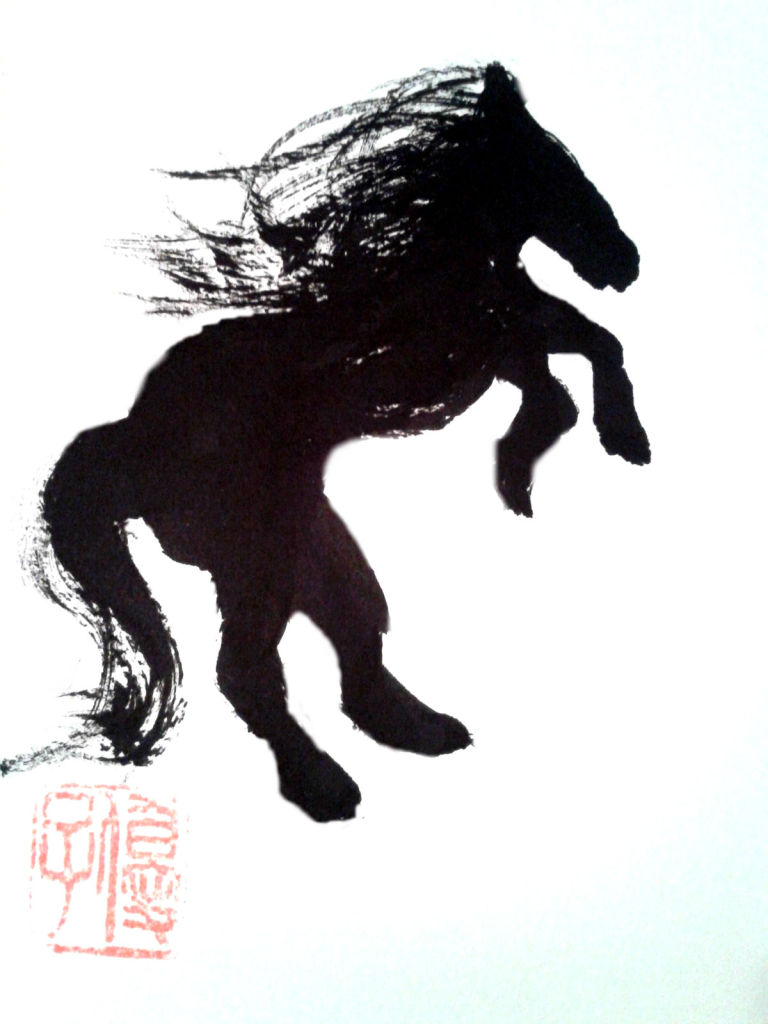

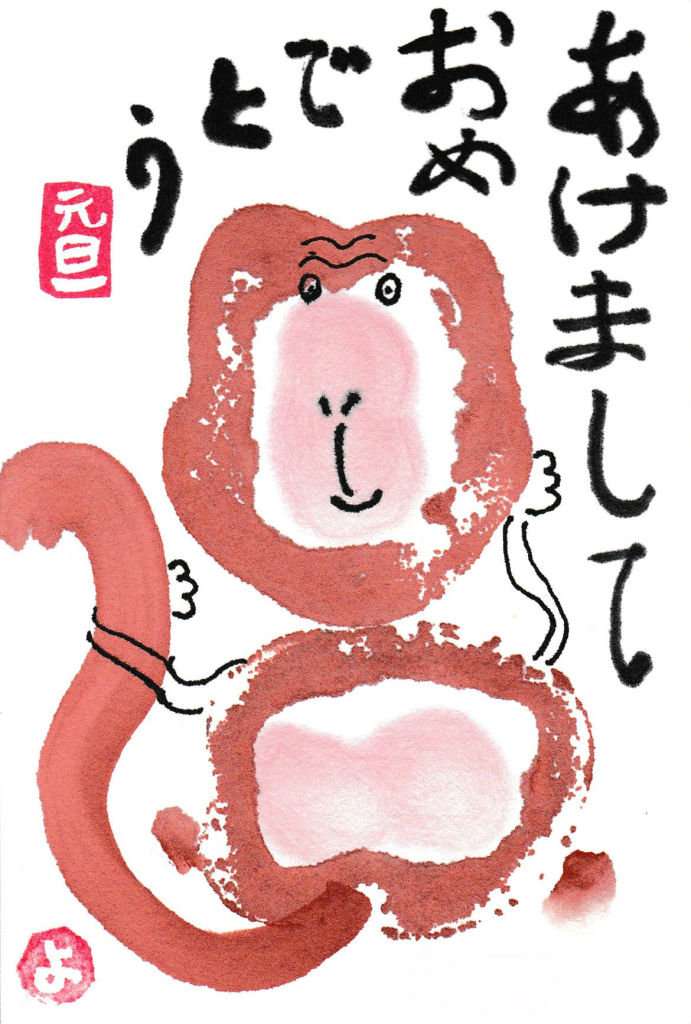

monkey
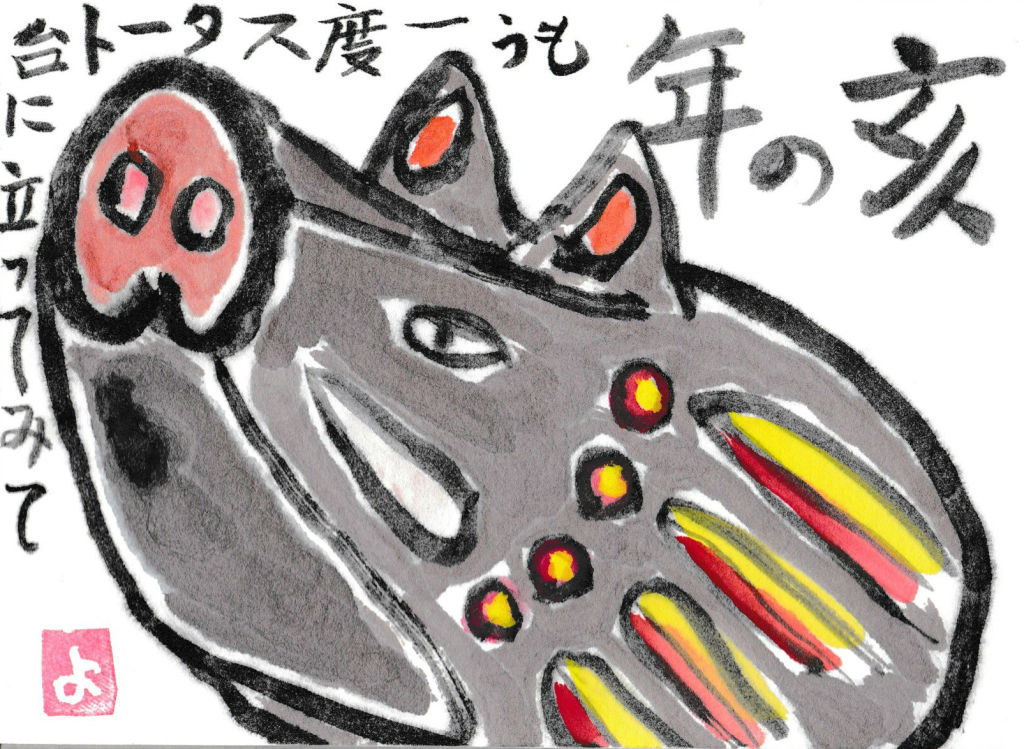

boar
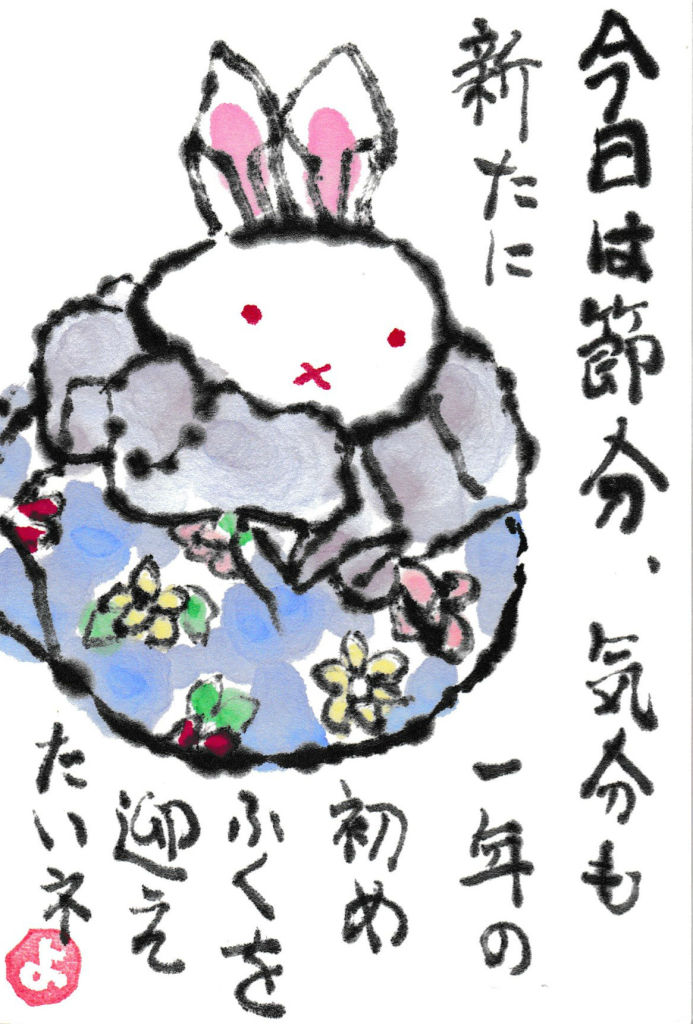

hare
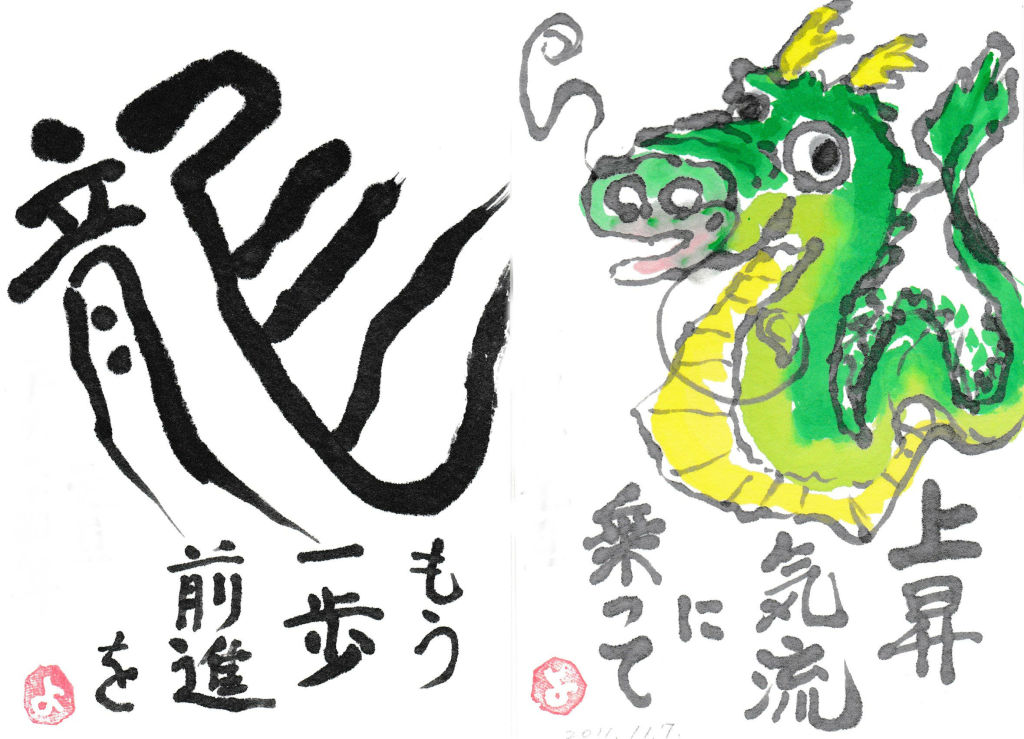

dragon
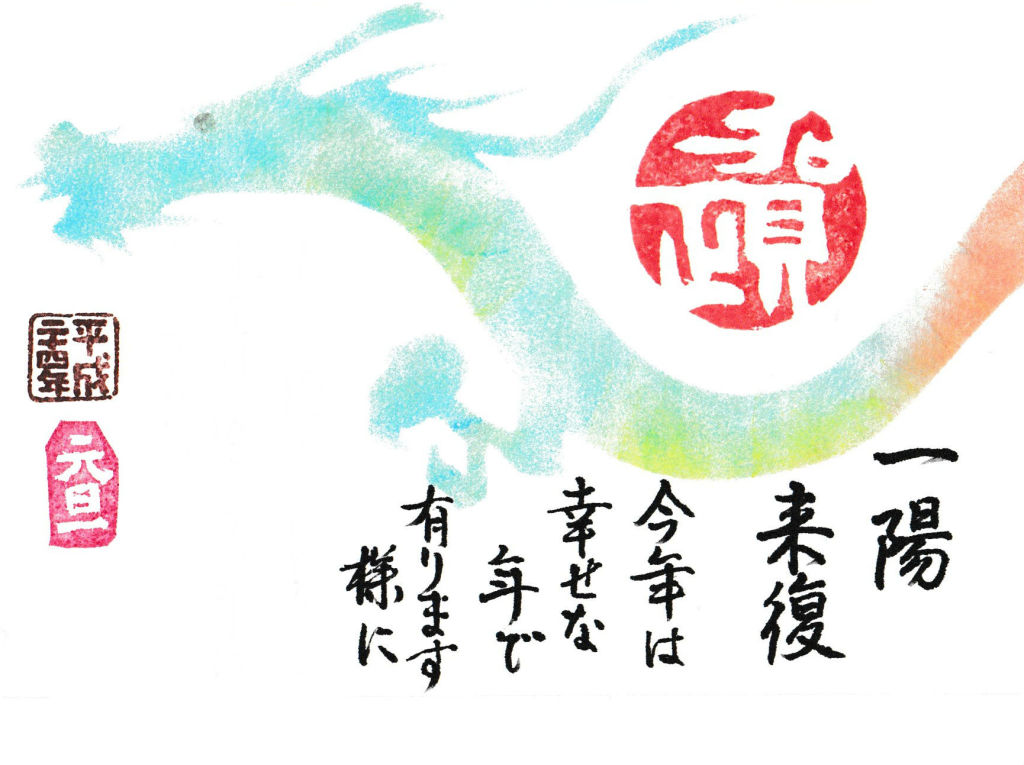

dragon2
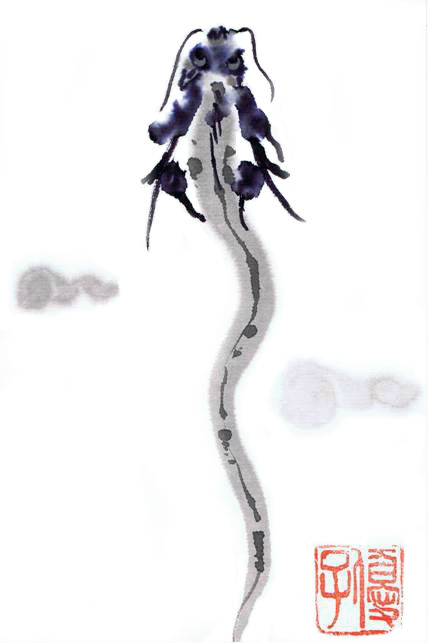

dragon3
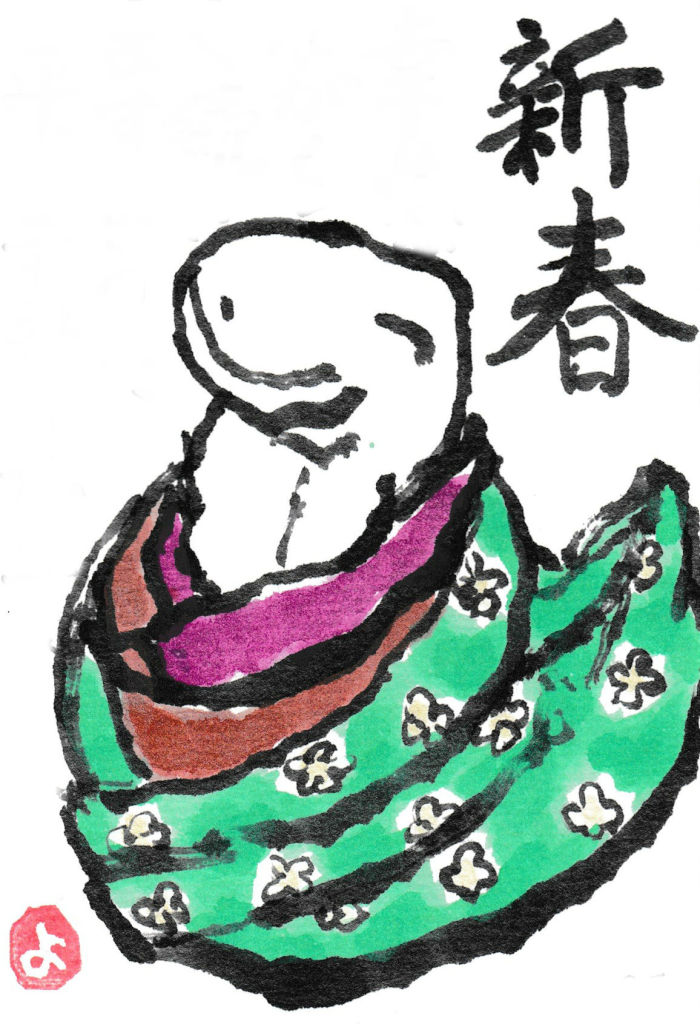

the Serpent
干支:Eto
When it comes to Nengajo and Eto, one can feel the cycle of years.
Eto is a method of placing time and space in order, originating from ancient China.
Eto is called the twelve horary signs corresponding to the twelve kinds of animals- rat, ox, tiger, hare, dragon, serpent, horse, sheep, monkey, rooster, dog and boar. A different animal comes around each year. In short, Eto comes around once every twelve years.
We often draw the animal expressing that year on Nengajo or express our age, saying “I was born in the year of the Horse”. When my own Eto comes, it makes me think that twelve years have since passed.
This year is the Rooster. Next year is the Dog.
年賀状も、干支も、年月のサイクルを実感させます。
干支とは、時間と空間を秩序づける方法で、古代中国で生まれました。
十二支と呼ばれる記号があり、子、丑、寅、卯、辰、巳、午、未、申、酉、戌、亥の12種類の動物が当てられ、1年ごとに違う動物が巡ってきます。つまり、12年で一巡するということ。
年賀状にその年を表す動物を描いたり、「私は午年の生まれ」というように年齢を表したりしますが、自分の生まれ年がまた巡って来ると、「あれから12年経ったんだ」と考えさせられますね。
今年は酉年。来年は戌年。
